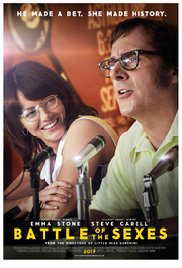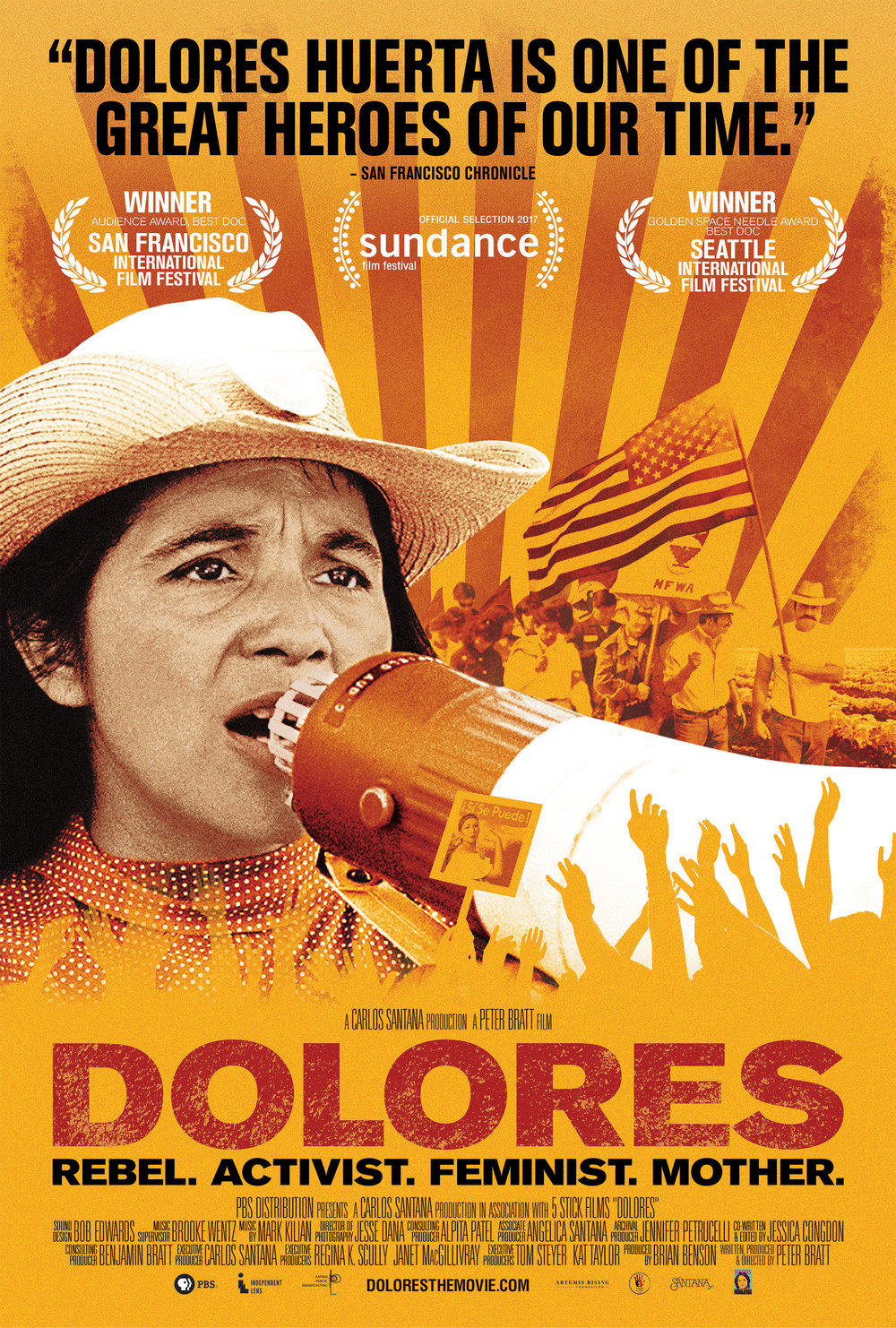This year’s Center for the Study of Women and Television in Film Report has a pointed title: Boxed In 2016-17: Women On Screen and Behind the Scenes in Television. Top findings:
•Overall, 68% of the programs considered featured casts with more male than female characters. 11% had ensembles with equal numbers of female and male characters. 21% of the programs featured casts with more female than male characters.
•Across platforms, females comprised 42% of all speaking characters. This
represents an increase of 3 percentage points from 2015-16 when females accounted for 39% of all speaking characters, and an increase of 2 percentage points from 40% in 2014-15.
•Females accounted for 42% of major characters on broadcast network, cable
and streaming programs. This represents an increase of 4 percentage points from 38% in 2015-16, and an increase of 2 percentage points from 40% in 2014-15.
•The percentage of female characters featured on broadcast network programs was the same in 2016-17 as it was nearly a decade earlier in 2007-08. Last year, women comprised 43% of all speaking characters on broadcast network programs. While this figure represents an increase of 2 percentage points from 41% in 2015-16, it is the same percentage achieved in 2007-08.
•Across platforms, programs are becoming more racially and ethnically
diverse. Black characters in speaking roles comprised 19% of all females in 2016-17, up from 16% in 2015-16. Asian characters accounted for 6% of all
females in 2016-17, up from 4% in 2015-16. The percentage of Latinas increased from 4% in 2015-16 to 5% in 2016-17.
•Broadcast network programs became more racially and ethnically diverse in 2016-17, with Black and Asian female characters achieving recent historical highs. The percentage of Black females increased from 17% in 2015-16 to 21% in 2016-17. The percentage of Asian females increased from 5% in 2015-16 to 7% in 2016-17.
•Latinas continue to be dramatically underrepresented on broadcast network programs. Latinas accounted for only 5% of all female characters with speaking roles in 2016-17. This figure is even with the number achieved in 2015-16 and 2010-11.
•Regardless of platform, gender stereotypes on television programs abound. Female characters were younger than their male counterparts, more likely than men to be identified by their marital status, and less likely than men to be seen at work and actually working.
•Across platforms, female characters were more likely than males to play personal life-oriented roles, such as wife and mother. In contrast, male characters were more likely than females to play work-oriented roles, such as business executive.
•In 2016-17, women comprised 28% of all creators, directors, writers, producers, executive producers, editors, and directors of photography working on broadcast network, cable, and streaming programs. This represents an increase of 2 percentage points from 26% in 2015-16.
•The employment of women working in key behind-the-scenes positions on
broadcast network programs has stalled, with no meaningful progress over the last decade. Women comprised 27% of all creators, directors, writers, producers, executive producers, editors, and directors of photography working on broadcast network programs. This represents no change from 2015-16, and an increase of only 1 percentage point since 2006-07.
•Overall, programs employed behind-the-scenes women in relatively small numbers. 50% of programs employed 4 or fewer women in the behind-the-scenes roles considered. In contrast, only 6% of programs employed 4 or fewer men. 3% of programs employed 14 or more women in the behind-the-scenes roles considered. In contrast, 47% of programs employed 14 or more
men.
•Across platforms, women fared best as producers (39%), followed by writers (33%), executive producers (28%), creators (23%), editors (22%), directors (17%), and directors of photography (3%).
•Across platforms, startlingly high percentages of programs employed no women in the behind-the-scenes roles considered. 97% of the programs
considered had no women directors of photography, 85% had no women directors, 75% had no women editors, 74% had no women creators, 67% had no women writers, 23% had no women producers, and 20% had no women
executive producers.
•On programs with at least 1 woman creator, females accounted for 51% of major characters, achieving parity with the percentage of girls and women in the U.S. population. On programs with exclusively male creators, females accounted for 38% of major characters.
•Regardless of platform, programs with at least 1 woman creator featured
substantially higher percentages women in other key behind-the-scenes roles. For example, on programs with at least 1 woman creator, women comprised 57% of writers. On programs with exclusively male creators, women accounted for 21% of writers.
•Across platforms, programs with at least 1 woman executive producer featured more female characters and had higher percentages of women directors and writers than programs with exclusively male executive producers. For example, on programs with at least 1 woman executive producer, women accounted for 18% of directors. On programs with exclusively male executive producers, women comprised 8% of directors.



